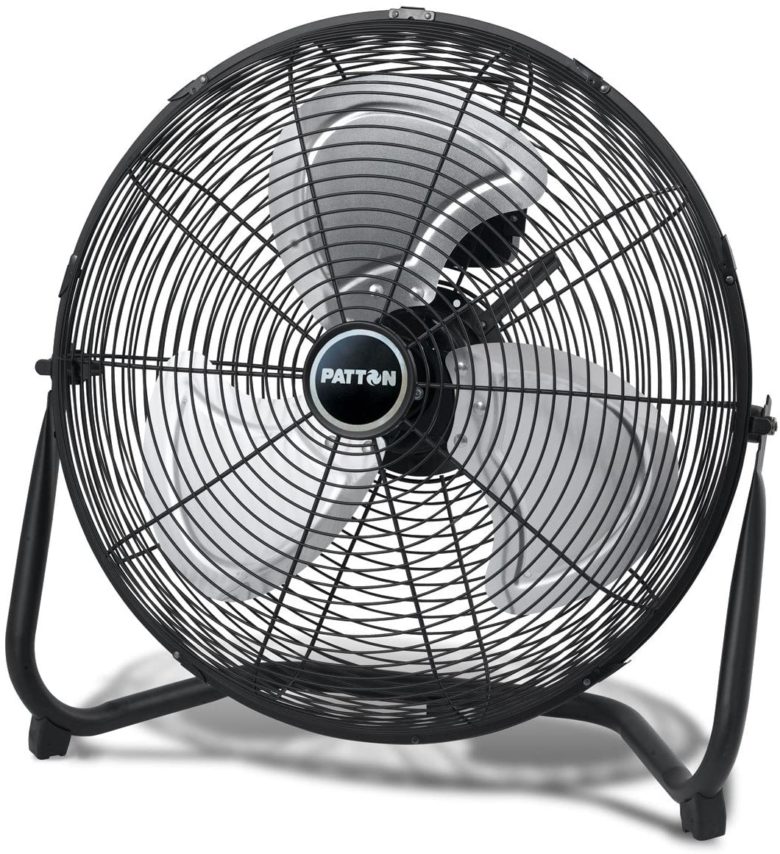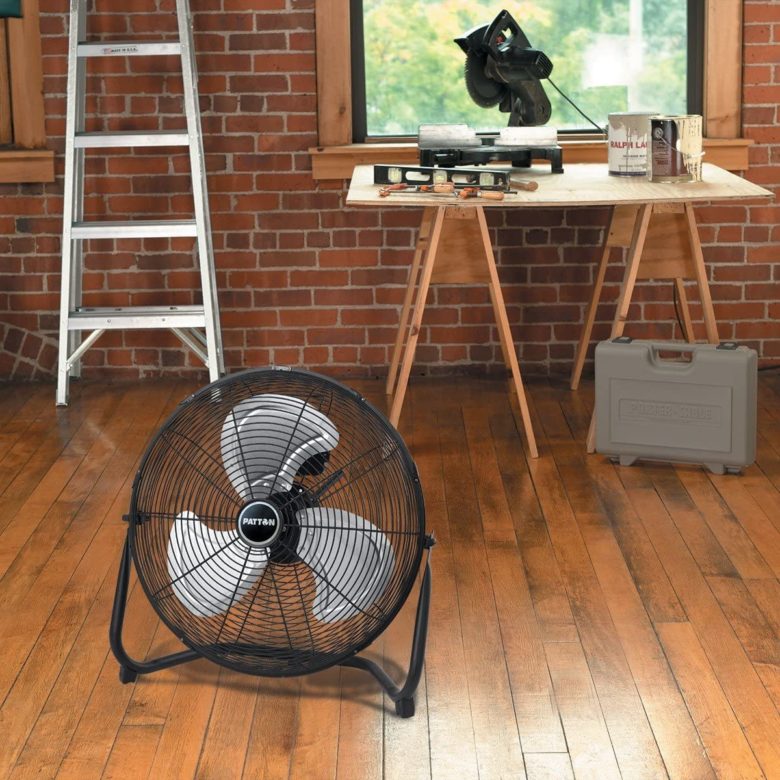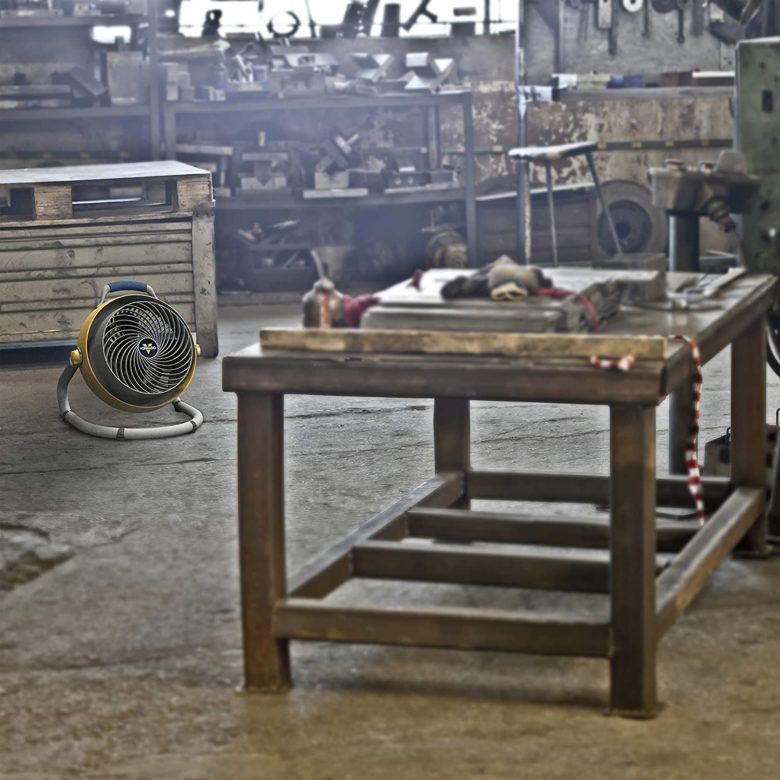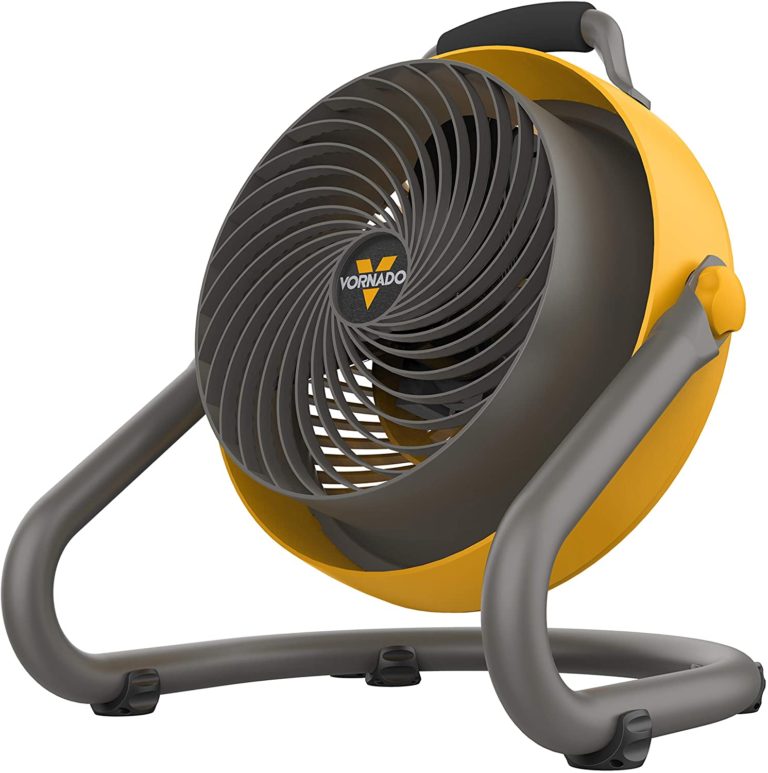A garage or a workshop has the potential to get stuffy without the luxury of air conditioning on a warm spring or hot summer day, particularly when you add humidity into the mix. A standard oscillation floor fan or a box type isn’t going to cut it under these kinds of conditions with no likelihood of reaching a comfortable temperature. The only breeze these may be able to accomplish is circulating the hot air back at you.
A residential fan is useful in smaller spaces with a typical garage ranging in size up to 1200 square feet (1.11 a) depending on its car capacity. Garages and workshops are typically uninsulated, so that combined with the size warrants a much stronger fan for cooling purposes. Fortunately, garage fans exist, visit soundproofpros.com, with a design meant to cool these types of large open spaces effectively. High-velocity fans are generally the best for the garage consisting of durable materials that can withstand harsh working conditions.
Feature Options For Garage And Workshop High-Velocity Fans

When you work in a garage or workshop, keeping the temperature at a comfortable level is an essential element for productivity. Hot, unbearable temperatures are not conducive to a positive workflow. High-velocity garage fans have a design meant to maintain cool temperatures in open-air spaces such as those with heat exposure and no insulation. When purchasing the right fan for your work environment, the features will depend on the way you use the garage and the layout of the space.

- As a general rule, the fan needs to be large, durable, and offer a lot of wind power. A garage or workshop is a vast open-air space as far as square footage and possibly high ceilings making a lot of air that needs to move around. In these conditions, a fan of no less than 18″ is necessary to ensure the amount of power to cool the massive area.
- Just because you get a massive fan doesn’t necessarily mean it has what it takes to do the job. It would be best if you made sure the power is there as well. The wind speed needs to be strong enough that it has use as an active exhaust fan so that it is capable of removing the warm air while cycling in the cold air as a replacement. In fan speak, CFMs or cubic feet per minute is the measurement of airflow, which is the amount of air circulated in a minute of function. The higher the CFMs, the stronger the wind speed. In a garage space, 3,000 CFMs is the suggestion which will be of benefit on hot days.
- In a high-velocity fan within your work area, you should have the ability to control the speed of the fan. You will have moments where you’ll find yourself working directly in front of the unit, and the air may be too much when you’re taking care of your duties. With multiple speed options, you can control the climate as you wish. A good option is a three-speed choice of high, medium, and low, which gives enough variety without the need for a cluster on the panel.
- In domestic situations, a fan that offers plastic blades will be satisfied without any incident. But when it comes to the abuse that a garage or workshop can put out, plastic is not sturdy enough for those situations. Metal blades are more durable and easier to clean in what is typically a messier environment. The weight and shape enable the fan to get to the higher CFMs.
- There are two motor types consistent with high-velocity fans, either a ball bearing or a sleeve bearing. The motor is going to define the lifespan of the fan. If the motor isn’t cut out for the job, the fan is going to struggle and will be short-lived.

The sleeve-bearing offers a recirculating oil system that keeps the parts lubed while motor functions. It is generally less expensive. But if you like to keep your fan at a lower speed or have a tendency to turn it off and on, the sleeve will have a difficult time staying lubricated. It will cause wear on the bearings, which will, in turn, shorten the lifespan.
The dual-ball bearing stays evenly lubricated despite the speed. It is also capable of enduring a more extensive range of temperatures which is ideal in a garage scenario.
Even if you have a garage fitted with an air conditioner, you will enjoy much better air quality with increased circulation, particularly if there are a lot of fumes due to the nature of your work. A high-velocity fan not only makes working in the open space much more comfortable as far as the temperature, but it allows for a safer environment as well. But it’s essential to research to ensure that you get the right machine.
The ideal product is going to be one that has a designation for commercial use as opposed to residential, so the one that you pick out is probably not going to be aesthetically pleasing. It’s more about function. It needs to offer the highest power with a long-lasting motor and features that are specific to your needs. Regardless of the preferences that you opt for, the ideal fan is going to make working a much more pleasant experience in the garage.

